Airspy HF+ Discovery Now Available for Preorder + Brief Initial Review
The Airspy team have recently announced the release of their new "Airspy HF+ Discovery". The Discovery is a smaller, lighter and improved version of the Airspy HF+. The frequency range, bandwidth and bit depth and specs all remain the same, but there are some improvements to the dynamic range due to the addition of preselectors. The original Airspy HF+ was released back in mid-2017 and it still is in our opinion one of the best low cost HF DX SDRs because of its very high dynamic range design, so strong interfering signals are not much of a problem. We have a previous review of the Airspy HF+ available here were we compare it against a number of other HF SDRs.
Although the dynamic range was very high, some users reported that extremely strong signals could still desensitize the HF+. So in response the new HF+ Discovery improves on the dynamic range even further by including multiple low insertion loss preselectors built in to the front end. For HF there is are 0, 5, 10 or 17 MHz High Pass Filter corners, and 5 or 31 MHz Low Pass filter corners in series which can provide filtering for a number of bands. For VHF, there are 60-118 MHz and 118-260 MHz filters. The designer boasts that the inclusion of these filters bring the HF+ Discovery up to the performance level of expensive new SDR based ham rigs like the Icom 7300.
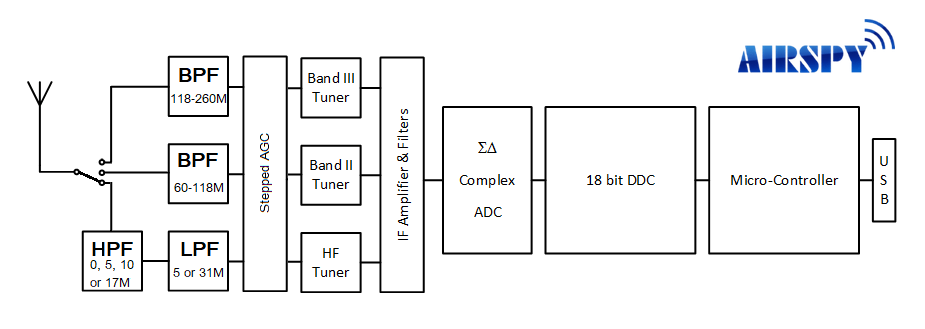
As for the physical design, the enclosure is now much smaller (60 x 45 x 10 mm) and made from plastic. These changes make the SDR very light at only 28 grams (1 oz). Although the case is plastic, local interference doesn't seem to be an issue as the PCB itself is fully shielded. The plastic case is rugged and will withstand a beating. Also, the original HF+ had two input ports, one for HF and one for VHF whereas the HF+ Discovery only has one input port which covers all bands.
Despite the improvements and additional circuitry, the Airspy HF+ Discovery is actually priced cheaper than the original. The original HF+ costs US$199, but the Discovery is only US$169. So unless you require the two input ports, the HF+ Discovery should be the way to go. Currently the HF+ Discovery is in preorder status, and can be ordered internationally from the manufacturer iTead, or within the US from airspy.us. As far as we can see no expected shipping date has been given yet, but we expect that it would ship soon.
Initial Testing
We were sent a prototype sample of the Airspy Discovery HF+ a few weeks ago. We note that the version we received was an early prototype and does not yet implement the 10 MHz and 17 MHz HF filters.
From our test on real world signals we find that it performs at least as good as the original Airspy HF+, if not better due to the additional filtering. The signals in our area were not strong enough to really overload the original Airspy HF+, so any benefit from the additional filtering may not be too apparent. Insertion loss from the filters seems to be not noticeable, as we saw no differences to SNR levels between the two units.
In our VHF tests we saw no differences between the two units, but as with HF we note that it would take some fairly strong signals to make a difference.
In a future post we'll follow up with some tests by injecting strong signals into the SDR, and seeing how well it can performs with the additional filtering compared to the original.
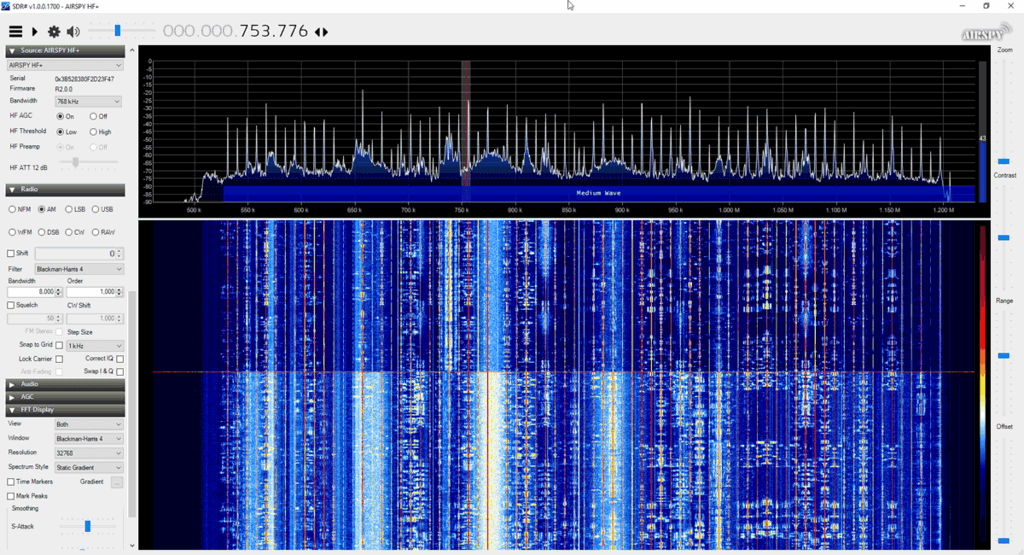
Conclusion
If you have an HF+ and were still troubled by really strong out of band interferers, the HF+ Discovery might be a good upgrade. Newcomers to SDR looking for high a performance DX SDR for HF and VHF should also strongly consider the HF+ Discovery. The original HF+ is still one of the best low cost DX SDRs we've tested, and the Discovery only makes it better.
As far as we can see regarding the choice between the original HF+ and HF+ Discovery, the only reason to really consider the original HF+ would be if you prefer to have separate HF and VHF antenna ports. The plastic case brings no real disadvantage, and the preselectors improve dynamic range and have no noticeable insertion loss.
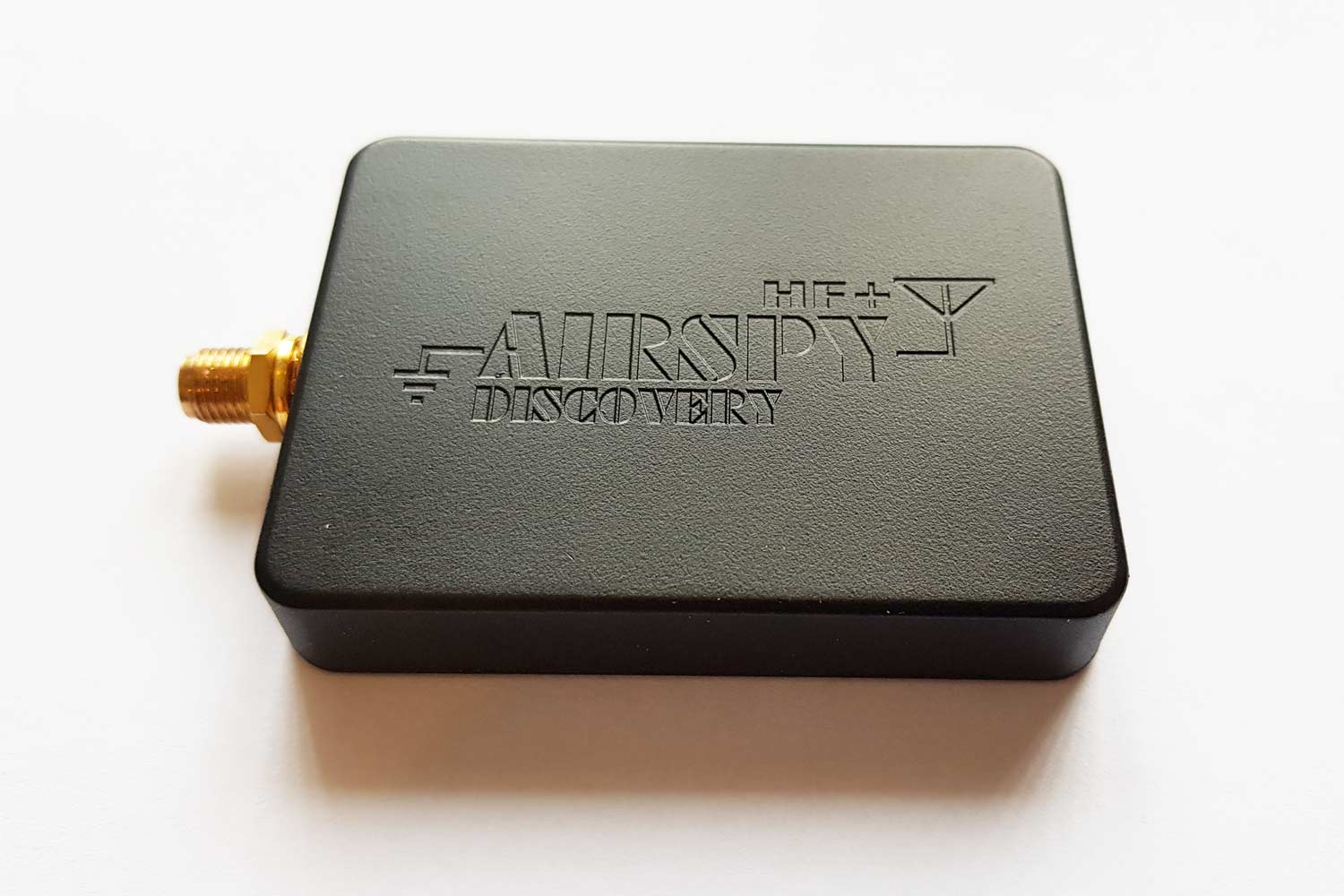

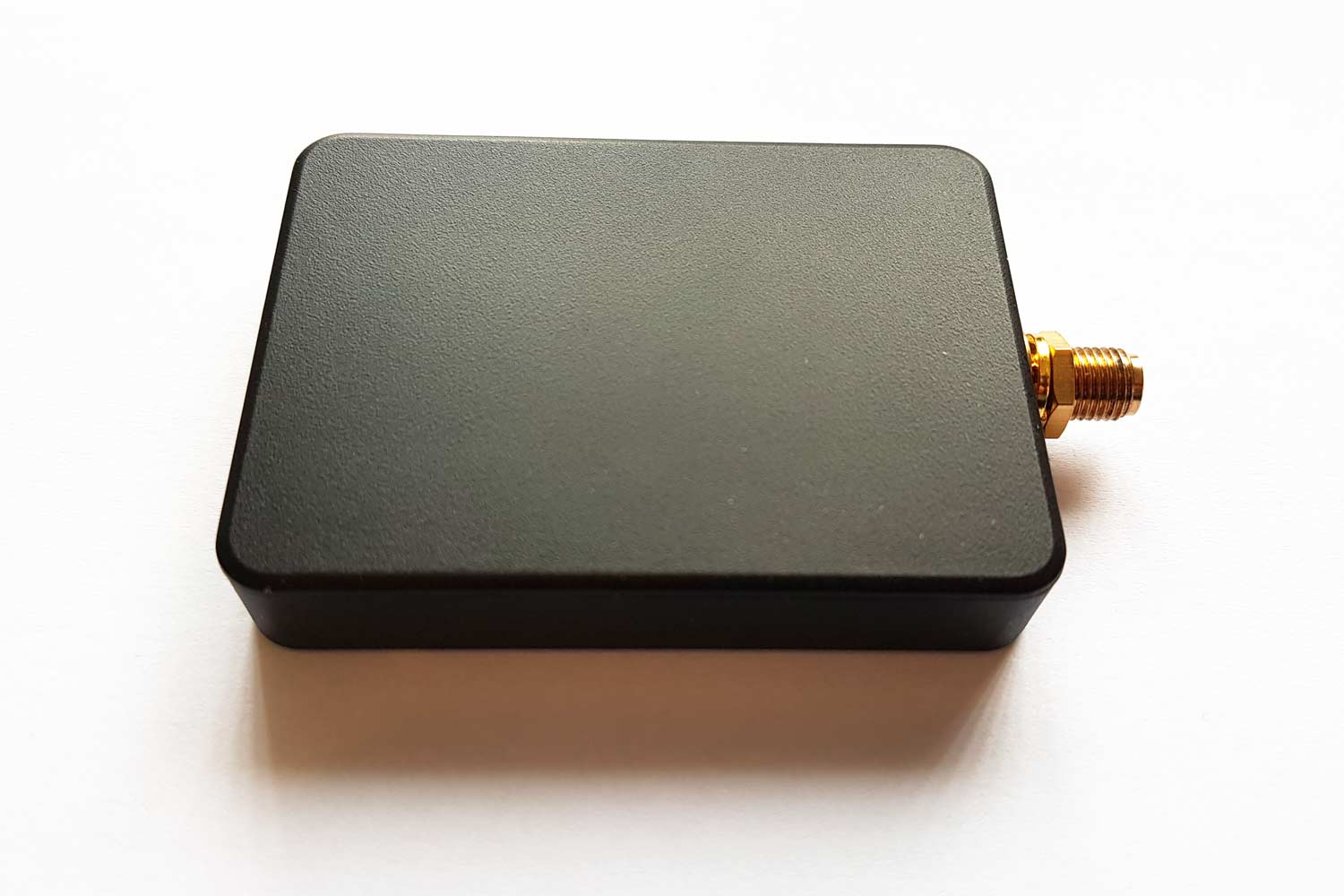
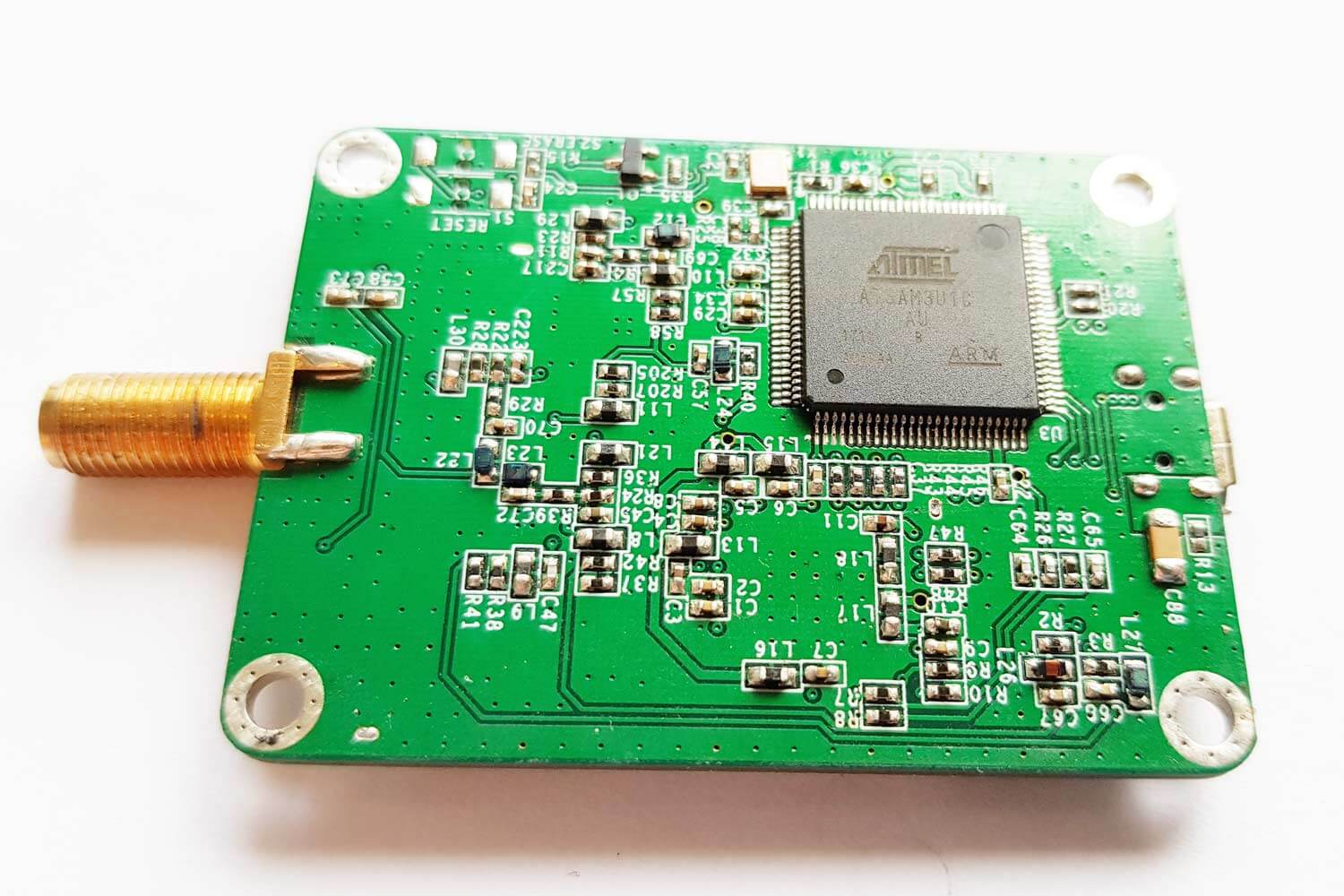



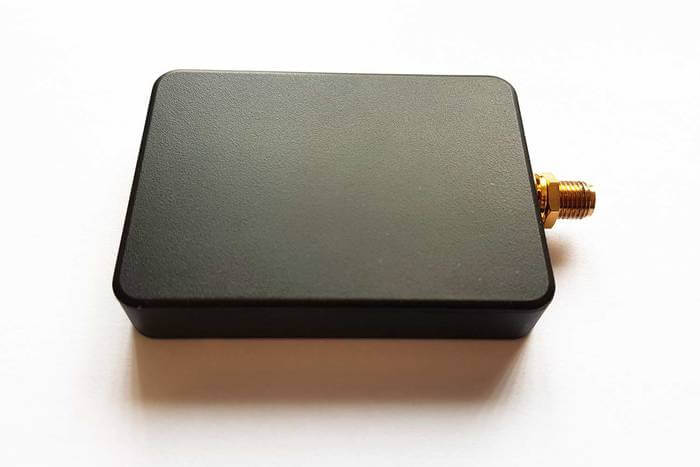
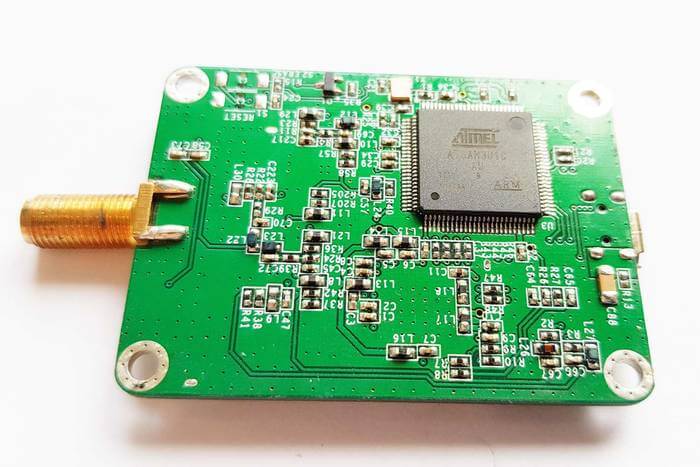
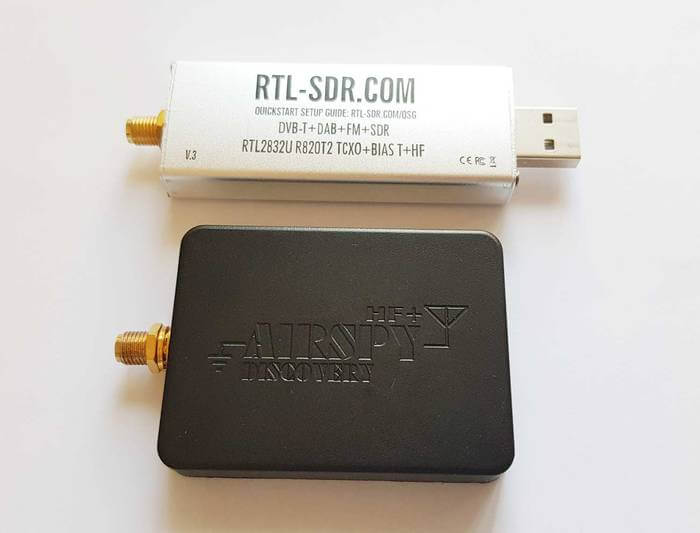
Now the questions are…
1) Why go to a single antenna input and a plastic case?
2) Were the dual antenna inputs of the Airspy HF+ leaking into each other?
3) All the problems with images in the VHF of Airspy HF+, is that fixed?
4) Why so small? Won’t it get hot being that compact? Will the plastic case dissipate the infamous Airspy heat?
5) Will there be another orgy of firmware updates to fix problems that should have been fixed prior to release?
6) Why such a small bandwidth of 768 kHz?
7) Will there be a trade-in program for original, dissatisfied buyers of Airspy HF+ wanting to chance it one more time with the Discovery version?
“No external band aid filters are required. While the in-band performance of the Band-III tuner is excellent, it will require some filtering for very strong out of band signals at multiples of the tuned frequency.”its a economical SDR for casual users, if you want top notch you can always spend 1500.oo bucks on a NetSDR by RFSPace, i have an airspyHF+ and am quite satisfied with itR and i did not break the bank buying it
sweet!!! i am buying one as soon as airspy gets them in stock
No DAB+ decoding while STA709 can do it . Design choice : I2S bus connection to USB micro. Pity.
So should the price of the hardware be increased higher for everyone to pay the additional royalties on every device sold to the Via Licensing Corporation or else do some kind of oddball weirdness like the Raspberry Pi does ( http://www.raspberrypi.com/license-keys/ ) with the MPEG LA organisation ?
The reality is that DAB+ is an open standard that unfortunately uses some licensed codecs. And the patent licensing cartel is ingenious, they bundle together a very large number of mostly software patents from multiple companies into a neat package and charge the maximum fee for ALL the patents in that bundle (for anyone outside of the cartel), until the very last patent in bundle has expired (in all countries if you want to ship your product worldwide). I think that might be sometime, possible around 2024 maybe (and probably 2027 for the last patents outside of the US) for the MPEG-4 HE-AAC codec used in DAB+, but it could be earlier.
ref: https://en.wikipedia.org/wiki/Advanced_Audio_Coding#Licensing_and_patents
You have free DAB+ decoders to be used with SDRs. But one DAB multiplex is around 1500 kHz wide, while the HF+ can only sample 660 kHz alias-free.